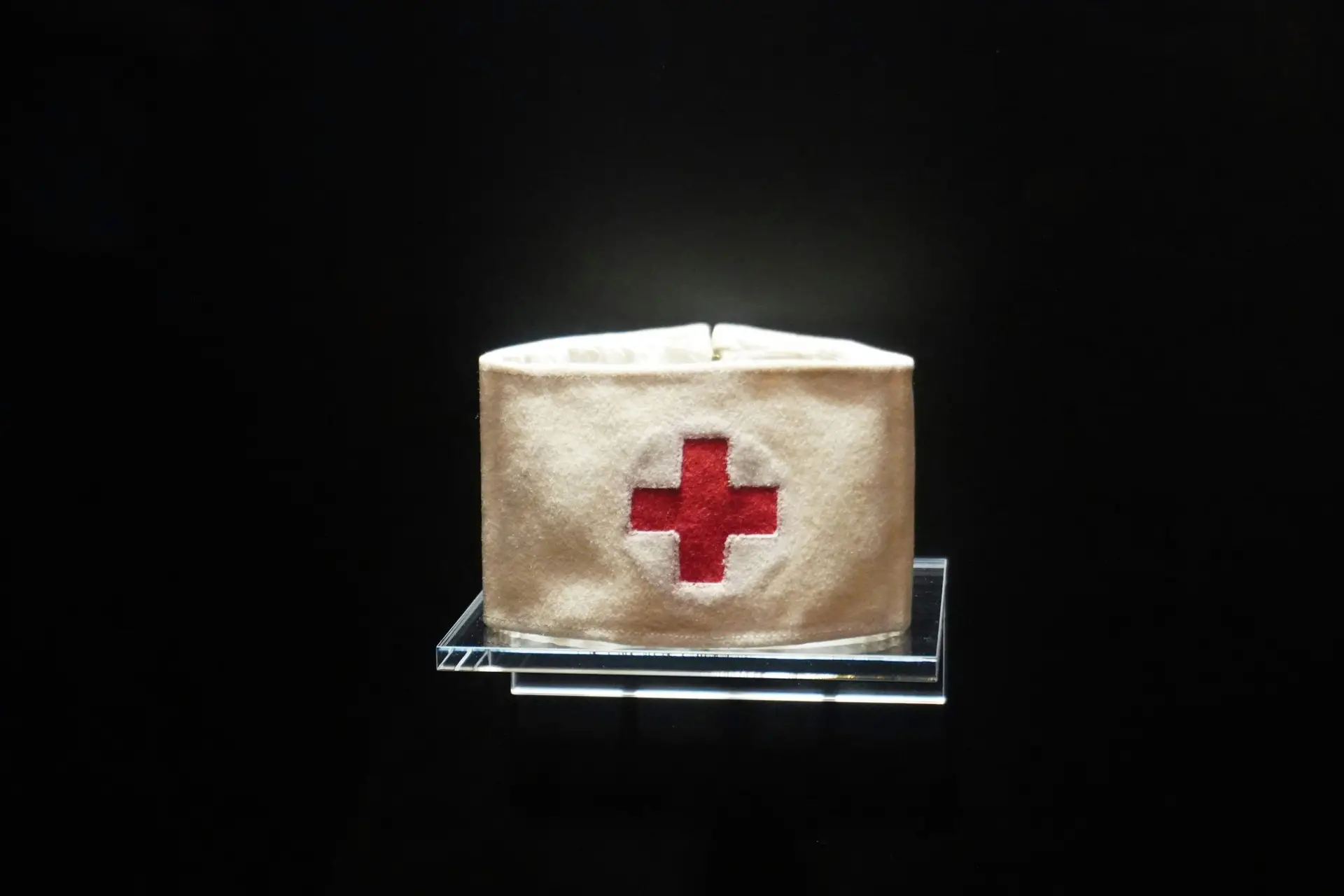When it comes to our kids, emergencies are every parent’s worst nightmare. Knowing how to respond swiftly and effectively can make all the difference in critical moments. This blog post aims to equip parents and caregivers with essential knowledge on emergency care for children. We’ll cover everything from recognizing signs of danger to practical emergency care tips and strategies for creating a safe environment.
Understanding Childhood Emergencies
Signs to Look For in Different Emergency Situations
Children can’t always vocalize when something is wrong, making it crucial to recognize the signs of an emergency. Symptoms such as persistent coughing, struggling to breathe, severe allergic reactions, or unresponsiveness should not be taken lightly. Knowing these signs can help you act quickly and potentially save a life.
Quick Guide on When to Seek Immediate Medical Attention
Time is of the essence in emergencies. If a child is displaying symptoms like unconsciousness, severe bleeding, or difficulty breathing, seek immediate medical attention. Knowing emergency care tips can save time and lives. Calling 911 or heading to the nearest emergency room can make the difference between life and death. It’s always better to err on the side of caution and consult healthcare professionals when in doubt.
Creating a Child-Safe Environment
Tips for Childproofing the Home and Outdoor Spaces
Creating a safe environment is the first step in preventing childhood emergencies. Secure heavy furniture to the walls, cover electrical outlets, and store hazardous substances out of reach. Outdoor areas should be fenced, and any pools should have safety gates. These precautions can significantly reduce the risk of accidents.
Educating Caregivers and Family Members on Emergency Care Tips
Everyone involved in a child’s life should be aware of emergency protocols. Ensure that all caregivers know how to perform basic first aid and CPR. Regularly update them on emergency contacts and procedures. A well-informed team can respond more effectively during a crisis.
First Aid for Common Childhood Emergencies
Step-by-Step First Aid Procedures for Choking, Burns, and Falls
- Choking: Perform the Heimlich maneuver by delivering a series of abdominal thrusts. For infants, use back blows and chest thrusts.
- Burns: Run cool water over the burn for at least 10 minutes. Avoid applying ice or butter, as it can worsen the injury. Cover with a sterile bandage.
- Falls: Check for injuries and apply a cold compress to reduce swelling. If the fall was severe, seek medical attention immediately.
Importance of CPR and How to Perform It on Children
Knowing how to perform CPR can be a lifesaver. For children, use one hand for compressions, pressing down about 2 inches deep. For infants, use two fingers and press down about 1.5 inches. Always follow up with rescue breaths. Regular practice and certification can ensure you’re prepared.
Preparing for Emergencies
Creating a Comprehensive Emergency Plan for the Family
Having a family emergency plan is essential. This plan should include escape routes, meeting points, and emergency contact numbers. Practice drills regularly so that everyone knows what to do in different scenarios. This preparation can minimize panic and ensure a swift response. Familiarize everyone in the family with emergency care tips in case parents/guardians are not available.
Assembling a First Aid Kit Tailored for Children
A well-stocked first aid kit is a must-have. Include child-friendly items such as adhesive bandages, antiseptic wipes, and child-specific medications. Also, consider having a manual with instructions for common emergencies. Keeping this kit accessible can provide quick relief during a crisis.
Seeking Professional Help
Guidelines on When to Visit an Emergency Room or Call 911
Not all emergencies require an ER visit, but knowing when to go is crucial. Severe injuries, difficulty breathing, and unresponsiveness are clear indicators that it’s time to call 911 or head to the ER. Trust your instincts; if something feels seriously wrong, seek professional help immediately.
Understanding the Importance of Follow-Up Care
After the immediate crisis has passed, follow-up care is essential. Regular check-ups ensure that the child is recovering well and that no complications arise. Keep an open line of communication with healthcare providers to address any lingering concerns or symptoms.
Conclusion
Being prepared for childhood emergencies can help you act swiftly and effectively, ensuring the best possible outcomes. Equip yourself with the knowledge and tools needed to prevent, recognize, and respond to emergencies. Sharing this information within your community can create a safer environment for all children. Additionally, consider tools like Troomi Wireless phones, which help protect teenagers’ mental health by providing necessary functionalities while keeping them safe from harmful elements like social media and cyberbullying. Equip your family with the tools and knowledge they need to stay safe and thrive. Your readiness can make all the difference. Stay informed, stay prepared, and ensure a safer environment for your children. Share this post with fellow parents and caregivers to spread the knowledge and build a community focused on child safety.
Interested in learning more? Click here

